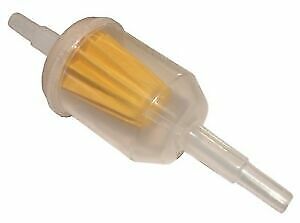AMW LANDY
New Member
- Posts
- 3
- Location
- Tadworth, Surrey
Hi
I bought the Freelander a couple of years ago to fill a 3 month gap while waiting delivery on a company car. I experienced many problems with the Freelander during this short period, some of which I fixed myself. I grew fond of the car and still have it, although it has been parked up for a while now due to various problems which are beyond my expertise. I am hoping that someone can direct me to the best person or company to fix it.... without breaking the bank! There are local mechanics but i feel someone with freelander experience is the best option. The car is located at my work near Wimbledon.
Bad points:
It can be barely driven due to constant pinking / misfiring / jerking.
Always suffered from lack of power which i think is turbo related / not fully working
Smokes on start up
Smokes lots when given wellie which is embarrassing especially with the environment being a hot topic.
clutch pedal very low
Swimming pool in boot
Always hard to pull out the oil dip stick, as if its been sucked in.
Oil in air intake pipes and manifold
Works carried out:
new battery
new tyres
new brake pads and discs
new rear silencer
replacement VCU / 4 x 4 system seems ok
new air intake rubber pipes / no holes
PCV fitted
Injectors replaced. Old ones came out without damage. They were very black. Replacements from JGS. Not sure i did a very good job of it because pinking and jerking even worse now.
Remote fuel pump checked and ok
Can anyone help point me in the direction of best person to fix it, or am I barking mad!?
Many thanks
Andy
I bought the Freelander a couple of years ago to fill a 3 month gap while waiting delivery on a company car. I experienced many problems with the Freelander during this short period, some of which I fixed myself. I grew fond of the car and still have it, although it has been parked up for a while now due to various problems which are beyond my expertise. I am hoping that someone can direct me to the best person or company to fix it.... without breaking the bank! There are local mechanics but i feel someone with freelander experience is the best option. The car is located at my work near Wimbledon.
Bad points:
It can be barely driven due to constant pinking / misfiring / jerking.
Always suffered from lack of power which i think is turbo related / not fully working
Smokes on start up
Smokes lots when given wellie which is embarrassing especially with the environment being a hot topic.
clutch pedal very low
Swimming pool in boot
Always hard to pull out the oil dip stick, as if its been sucked in.
Oil in air intake pipes and manifold
Works carried out:
new battery
new tyres
new brake pads and discs
new rear silencer
replacement VCU / 4 x 4 system seems ok
new air intake rubber pipes / no holes
PCV fitted
Injectors replaced. Old ones came out without damage. They were very black. Replacements from JGS. Not sure i did a very good job of it because pinking and jerking even worse now.
Remote fuel pump checked and ok
Can anyone help point me in the direction of best person to fix it, or am I barking mad!?
Many thanks
Andy

